biotech
Latest
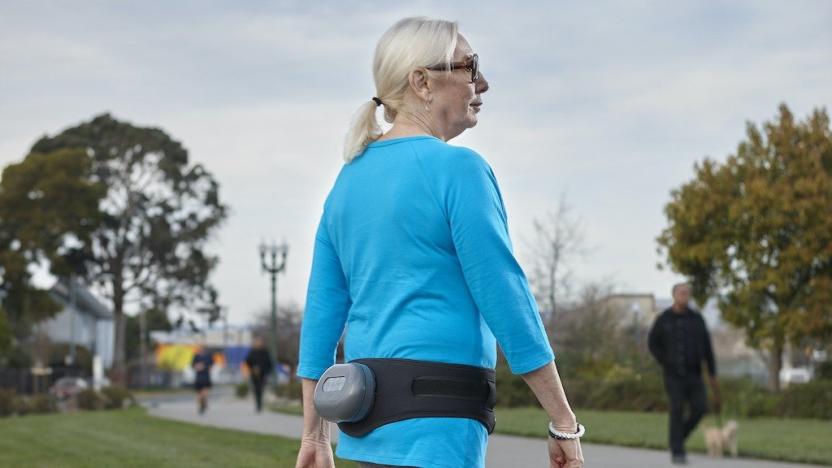
Vibrating belt that treats low bone density gets FDA approval
The FDA has provided clearance for a medical device called Osteoboost, a vibrating belt that improves bone density in patients with osteopenia.
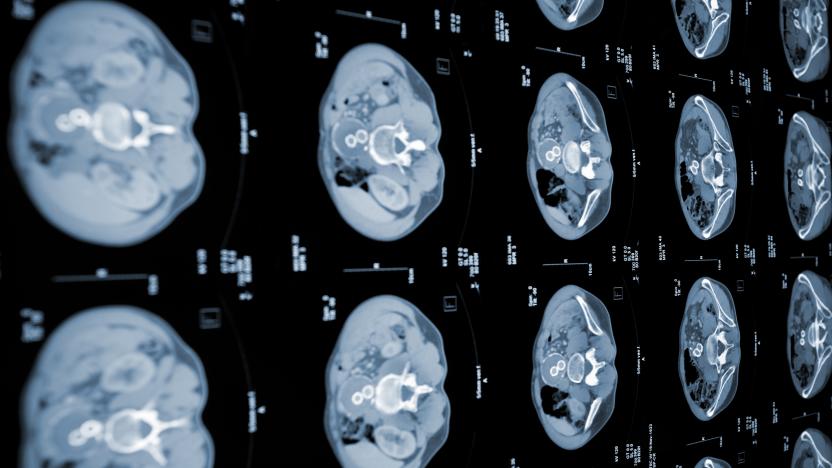
MIT experts develop AI models that can detect pancreatic cancer early
Researchers at MIT’s CSAIL division built two machine learning algorithms that can detect pancreatic cancer at a higher threshold than current diagnostic standards.
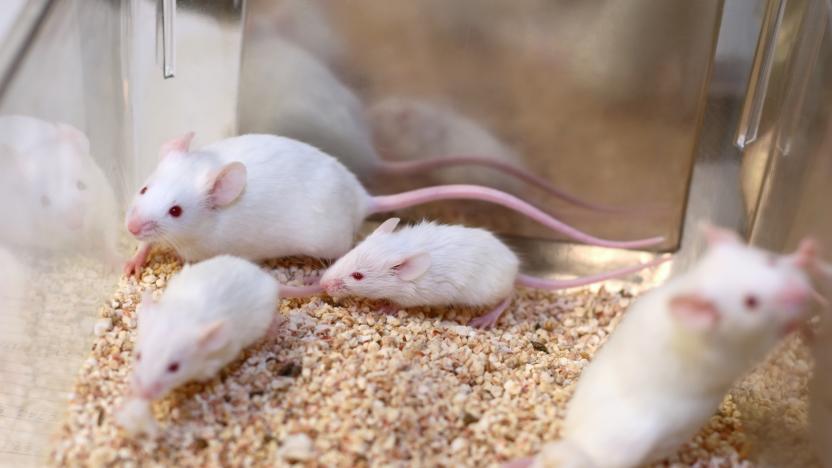
The EPA scraps plan that would have had it ban mammal testing in favor of computer models
The Environmental Protection Agency has scrapped a plan to phase out mammal testing for studying chemical toxicity.
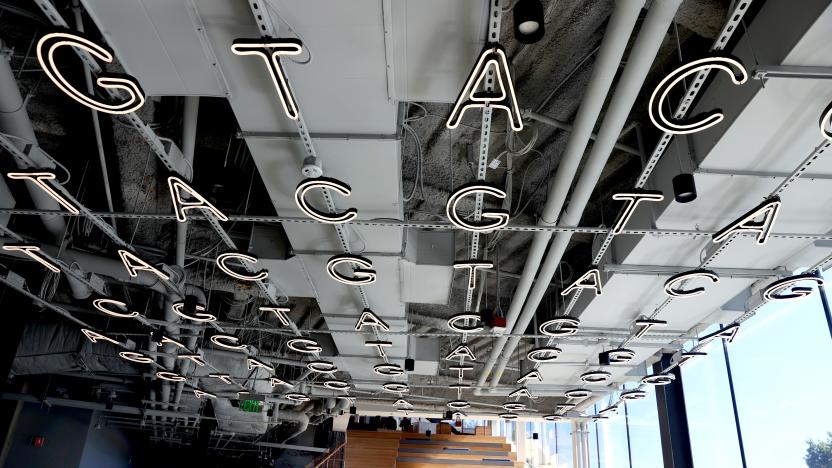
2023 was a big year for CRISPR-based gene editing but challenges remain
2023 was an important year for patients with sickle cell disease. The FDA approved Vertex’s “Casgevy,” a CRISPR-based therapy for the treatment of sickle cell disease marking it as the first genetically edited therapy to reach the general market.

MIT tests new ingestible sensor that records your breathing through your intestines
MIT researchers developed an ingestible capsule that can monitor vital signs including heart rate and breathing patterns from within a patient’s GI tract.

Researchers developed a gene-editing technology that reduces 'bad' cholesterol
Researchers discovered that a single infusion of a gene-editing treatment called VERVE-101 can reduce high cholesterol in patients.
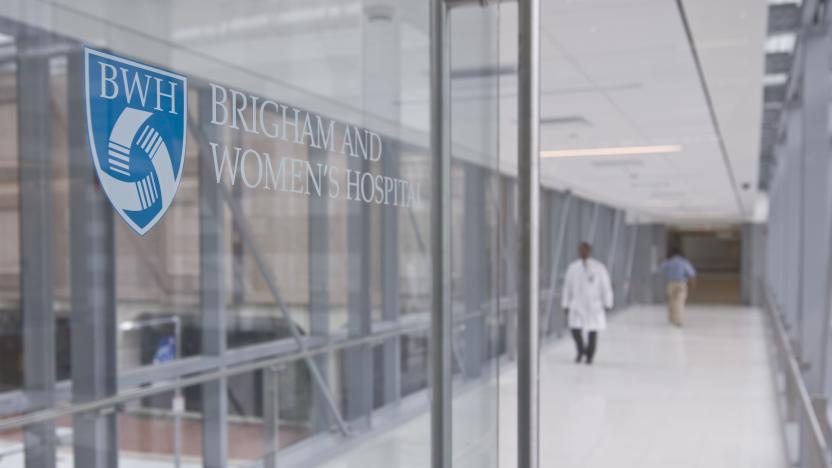
An experimental rice-sized implant monitors how drugs affect tumors
Researchers have developed a rice-sized implant hat can test the effects of drugs on a patient’s brain tumor in real-time during surgery. Experts at Brigham and Women’s Hospital in Boston designed the device specifically to help test treatments in patients with brain cancers or gliomas, a type of tumor that originates in the brain or spinal cord.

Biometric implant monitors transplant patients for organ rejection
Researchers at Northwestern University developed an implant that can continuously monitor an organ’s temperature for signs of infection and inflammation. The tech will be used to determine and preemptively treat organ transplant rejection in a noninvasive way.
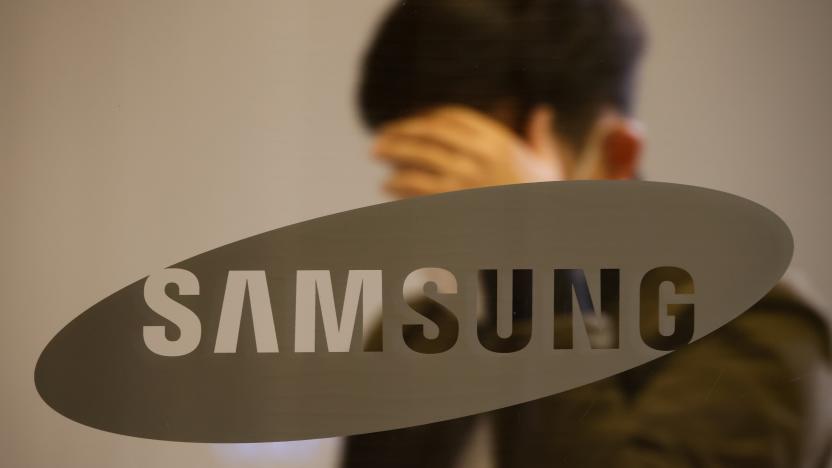
Samsung is investing $356 billion in chips, biotech and AI
It expects to hire 80,000 more employees by 2026.
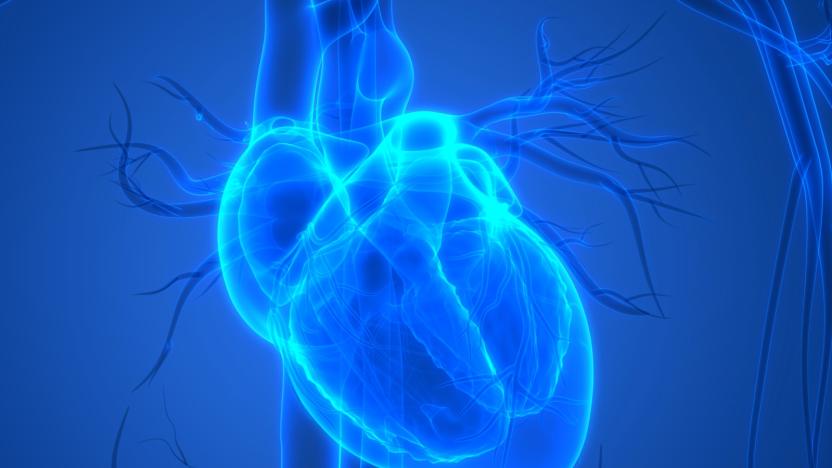
Chicago biotech company 3D prints a mini human heart
The Chicago-based biotech company BIOLIFE4D announced today that it has successfully 3D-bioprinted a mini human heart. The tiny heart has the same structure as a full-sized heart, and the company says it's an important milestone in the push to create an artificial heart viable for transplant.
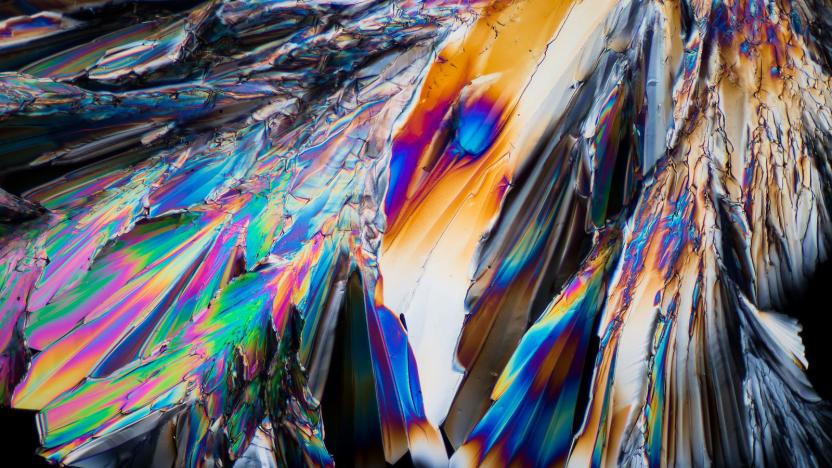
Scientists store data inside molecules that drive your metabolism
Never mind using DNA to store data -- there may be a simpler way to store info. Brown University scientists have shown that it's possible to store data in solutions of artificial metabolic molecules, such as amino acids and sugars. The presence or absence of a given molecule creates one bit of data, and the complexity of the mixture decides how many bits that mixture can hold. After that, it's a matter of placing thousands of mixtures on tiny metal plates as nanoscale droplets -- you use a mass spectrometer to decode the data once the droplets have dried.
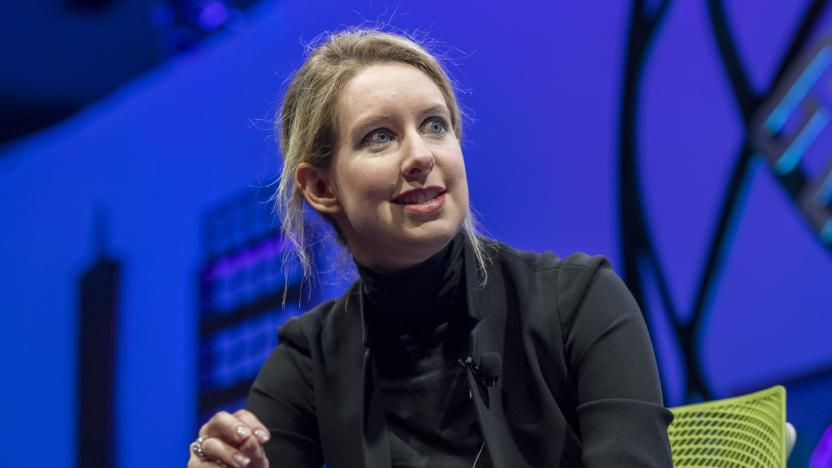
Theranos avoids bankruptcy thanks to a last-minute loan
Theranos has come a long way from the days when it was a darling in the biotech industry. The Wall Street Journal's sources have claimed that the blood-testing firm has avoided bankruptcy by securing a $100 million loan from Fortress Investment Group. The move should keep Theranos afloat "through 2018," founder Elizabeth Holmes reportedly said in an email. Naturally, though, there are strings attached -- Fortress wants to see a return on its investment.

Lab-grown stem cells may carry an increased risk of cancer
If you've followed the latest medical research, you know that stem cells are a big deal. They let you repurpose cells so that you can theoretically grow them into whatever you need. However, scientists just got a good reason to be more cautious than they have in the past. A Harvard team has discovered that five of the 140 human embryonic stem cell lines registered for research use in US labs have cells whose mutations can cause cancer. Two of the lines have been used in human trials, too. None of those patients has developed cancer, thankfully, but there's a "very real risk" it could happen.
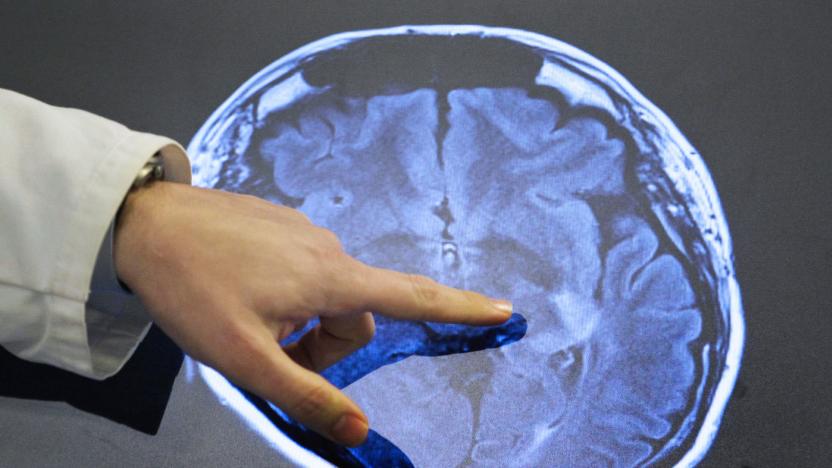
Biotech companies get permission to test brain death reversal
Brain death in humans is normally considered irreversible. Even if you keep the body running, those damaged brain cells just won't recover to the point where you get a fully functioning person again. However, that isn't stopping Dr. Himanshu Bansal and his partners at Bioquark and Revita Life Sciences. They recently received approval from American and Indian review boards to conduct a trial aimed at eventually reversing brain death in humans. The initial, months-long test will use multiple techniques to try and regenerate brains in 20 patients, including lasers, nerve stimulation and injections of both peptides as well as stem cells.

This 'Plant Lamp' uses bacteria to generate electricity
Maintaining infrastructure in the rainforest is a pretty tall order -- the area is dense with vegetation and prone to intense moisture and flooding. Villages like Nuevo Saposoa in Peru have had their electrical grids disabled or destroyed by the elements, leaving residents at the mercy of daylight or the fumes of kerosene lamps to work, read or study. Researchers at Peru's Universidad de Ingeniería y Tecnología have created a novel solution: an LED lamp powered by a houseplant.

Genome testing is now easy, fast and pretty
Genome testing gear doesn't get a lot of love. Like a lot of lab equipment, it tends to be ugly and unwieldy -- it's not designed with the same elegance as the smartphone in your pocket. Mercifully, the crew at Fluidigm appears to have solved those problems in one shot with its Juno genotyping machine. The Yves Behar-designed device is (dare we say it) pretty, and wouldn't look out of place sitting on a desk. It's also more intuitive, relying on a large, simple touchscreen interface instead of keyboards and tiny displays.

Apple and Microsoft help form lobby group opposing attempts to kill software patents (update: not lobbying)
Few would object to legislative attempts to stop patent trolls in their tracks. However, several companies are worried these efforts might go too far -- enough so that they've formed their own US political lobby organization, the Partnership for American Innovation. The group, which includes tech giants Apple, GE, IBM and Microsoft, wants a "balanced" approach that reduces the volume of junk patents (and the resulting abuse) while letting companies file for software and biotech patents. The policy isn't surprising when these firms are trying to protect their cash cows. However, it also pits the Partnership's members squarely against firms like Netflix and Twitter, which argue that patents only get in the way. No matter what lawmakers do, it's now clear that they're going to get an earful from both sides. Update: Despite what it looks like at first glance, the Partnership is strictly a public advocacy group, not a lobby.

DARPA's new division takes biotechnology to the battlefield
DARPA knows that soldiers need more than the latest gadgets to fight effectively -- they need to stay healthy, too. Accordingly, it just launched a Biological Technologies Office (BTO) to study how organics can help national defense. The division is working on projects that will keep troops in top shape, monitor large-scale biological patterns (such as viruses) and understand how natural processes can be put to work in both materials and machines. The agency doesn't yet know when the BTO will bear fruit, but it plans to minimize ethical concerns by speaking to academic experts on a regular basis. [Image credit: Spc. Coltin Heller / DVIDS, Flickr]

Calico: a new Google company focused on extending life expectancy
Google's making a long-term business bet that, at first glance, may seem out of the ordinary: it's getting into healthcare. Its new company, Calico, will be focused on addressing the illnesses affecting the geriatric community, as well as aging in general. In Google CEO Larry Page's own words, the new enterprise, headed up by current Apple and Genentech chair Arthur D. Levinson, is geared towards "moonshot thinking around healthcare and biotechnology," so expect some pretty futuristic developments to come from the initiative. In an interview given to Time magazine, Page said that Calico will re-evaluate traditional thinking and approaches to healthcare, like cancer research, the advancement of which he concludes might "not [be] as big an advance as you might think." Page isn't dismissing that vein of research altogether, but claims any cures could only add about three years to a survivor's life -- a trivial gain in the long-run. Though he was willing to go on record with what's wrong with the current state of healthcare R&D, Page wouldn't elaborate as to what future products Calico could produce, saying only that Google, with its vast resources, should be doing more to contribute to the world's greater good.

Nano-machines built to mimic human muscle could help power cyborgs, keep the OSI budget down
At today's prices, building a Six Million Dollar Man would cost around $31 million. Of course, being a TV show means the Office of Scientific Intelligence doesn't have too many bionic employees, but that might not the case in the future. Nicolas Giuseppone and a team at the Université de Strasbourg and CNRS have created thousands of nano-machines to replicate the movement of human muscle fibers. Weaving them all together, the machines are able to make a coordinated contraction movement that stretches and contracts. For the moment, the supramolecular polymers can only stretch a matter of micrometers, but in the future they could be used to create artificial muscles, small robots or even materials that can move. Hopefully it'll also give us the power to leap tall buildings, so we'll be outside practicing our sound effects.






